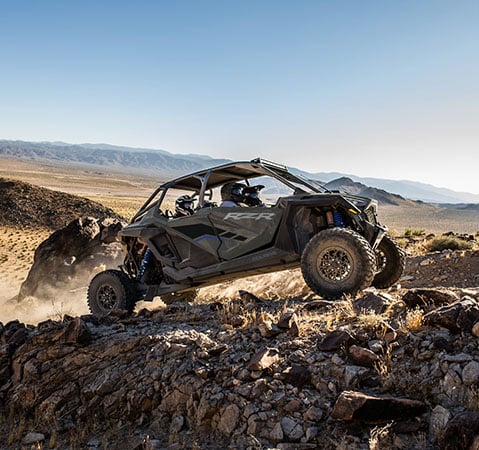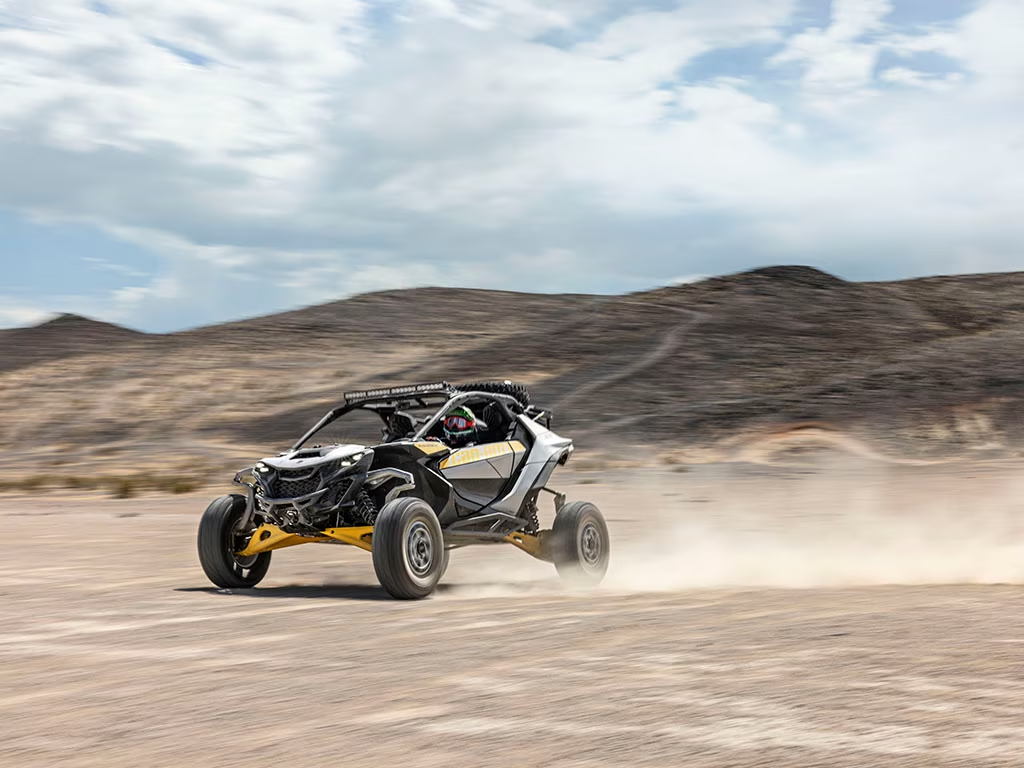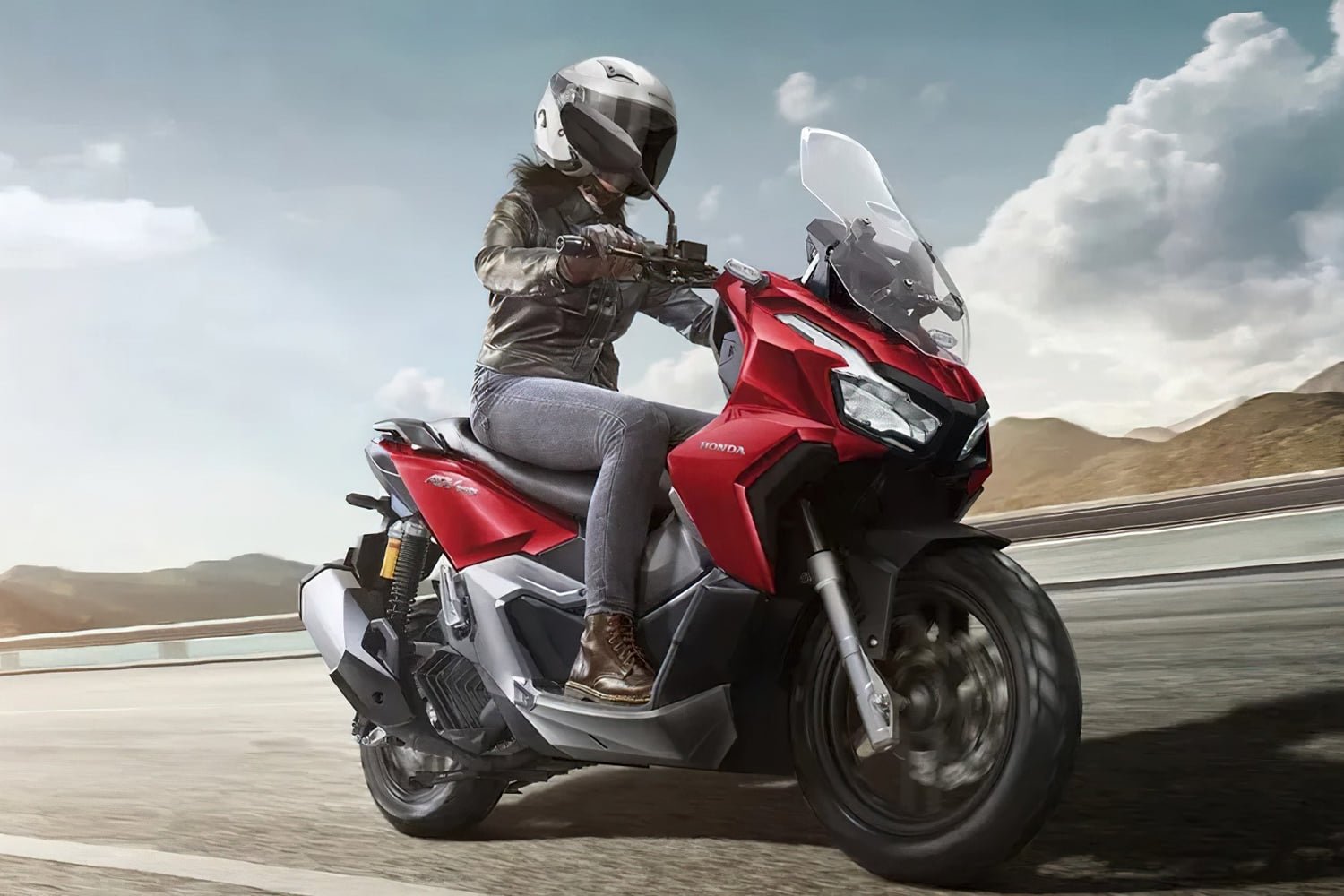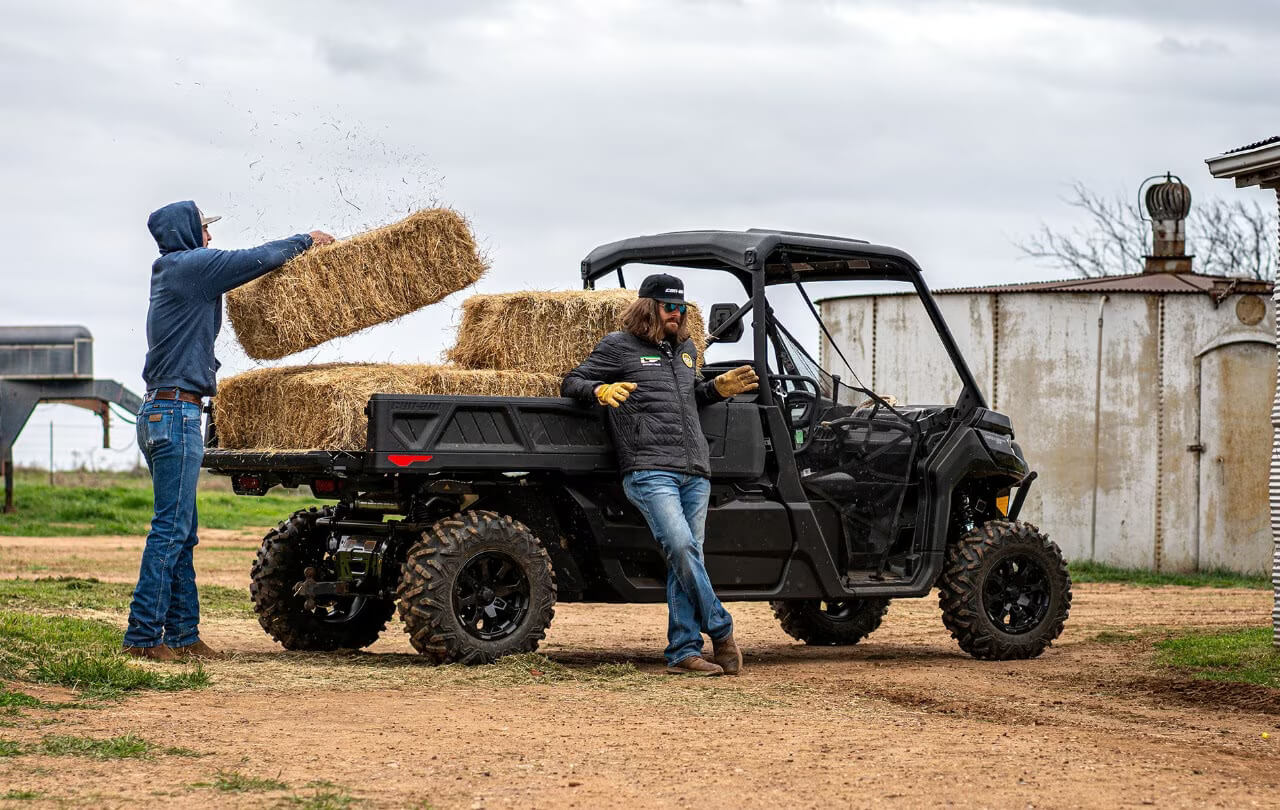2 min read
2024 Polaris Side-by-Sides Revealed
Looking to blaze the trails and lead your pack? Well, Polaris has officially unveiled its highly anticipated 2024 vehicle lineup, and you won't want to miss it. In the world of off-road excitement, the Polaris RZR Pro R and RZR Pro XP continue to...
Read More









